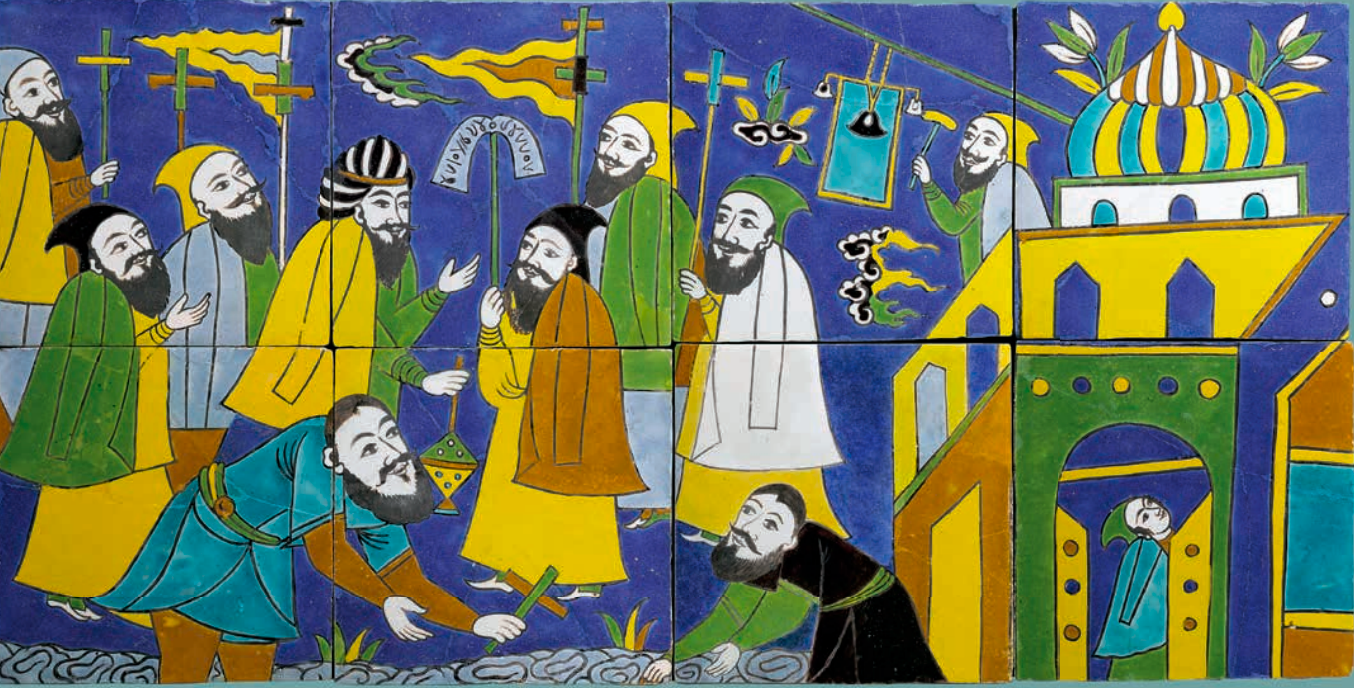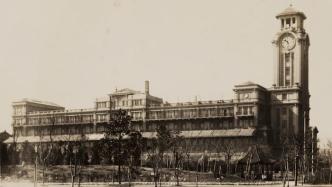

In the past 2022, the Shanghai Library and the Shanghai Museum have ushered in the 70th anniversary of their establishment. "Starting from Here—Shanghai Museum and Shanghai Library 70th Anniversary Joint Exhibition" was held at the Shanghai History Museum on January 18.
Significantly, the Shanghai History Museum is located in the historical building of Shanghai - the former Jockey Club Building, and the Shanghai Museum and the Shanghai Library also started from this building. The 68 pieces/sets of precious cultural relics and historical materials exhibited in the exhibition tell the audience about the new look of Shanghai's cultural undertakings that have grown and prospered from the original Jockey Club Building, a cultural landmark of the city, to the audience.

Shanghai Museum and Shanghai Library in the early 1950s
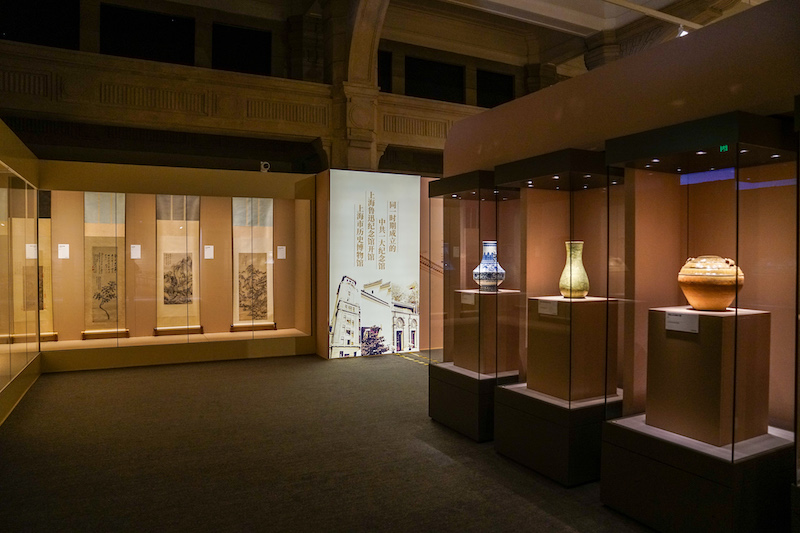
exhibition site
On May 27, 1949, Shanghai was liberated. In September of the same year, under the direct care of Comrade Chen Yi, the first mayor of Shanghai, the Shanghai Ancient Cultural Relics Management Committee was established, and later renamed the Shanghai Municipal Cultural Relics Management Committee, which is the administrative agency for the city's cultural relics. In the early days of its establishment, its main tasks were to take over and receive a large number of cultural relics and books handed over by various agencies, implement cultural relics policies, manage the cultural relics market, and be responsible for the preparation of the Shanghai Museum, Shanghai Library and Revolutionary Museum. Comrade Chen Yi personally searched for a building for the second library, and finally chose No. 325, Nanjing West Road. The former Jockey Club Building was used as the site of the Shanghai Library and the Shanghai Museum, and it was officially completed and opened in 1952. Since then, the Racecourse Building, a building full of colonial features, has been endowed with a new symbol and has become a new cultural landmark in Shanghai after the founding of New China. Since then, the site has been opened to the public as the site of the Shanghai History Museum (Shanghai Revolutionary History Museum). Shanghai's museums, libraries and other cultural undertakings started here, and embarked on a road of excellence and development from here.
The original Jockey Club building was the place where horse racing was held in old Shanghai, that is, the "Shanghai Jockey Hall". The main building has 4 floors and is 53 meters high. The construction area reaches 21,000 square meters, with a huge scale. The outer walls of the building's ground floor are granite, and the upper part is decorated with brown facing bricks and interspersed stones. On the west side of the building, there is a Tashkent-style colonnade that runs through the second and third floors.
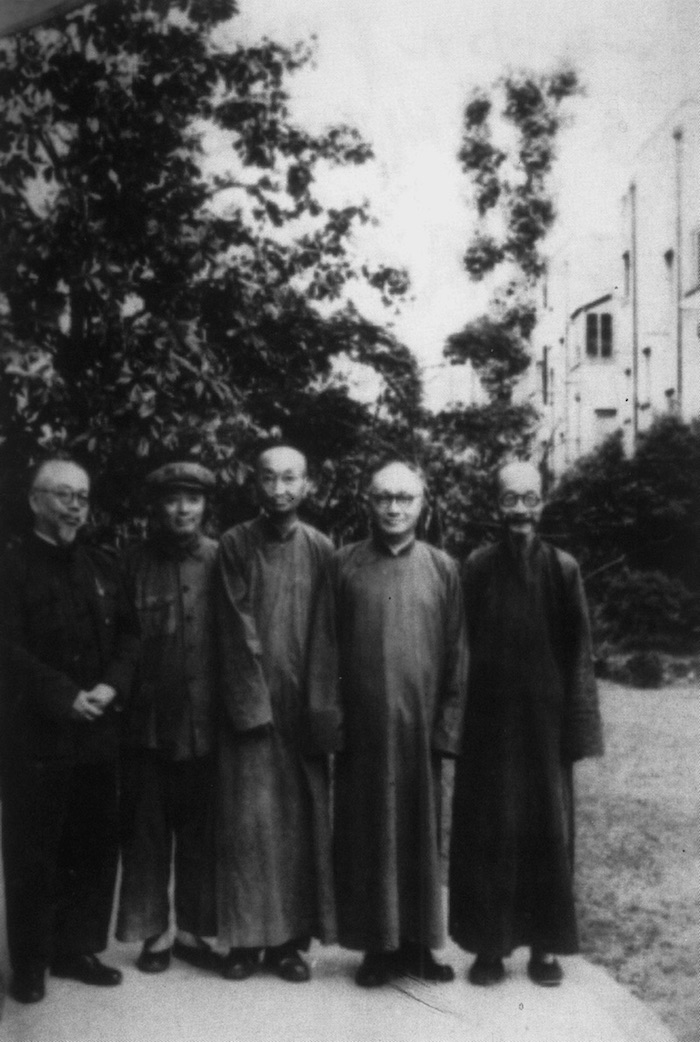
Member of Shanghai Cultural Relics Preservation Committee in 1949
The exhibition is divided into three parts: "preparation", "development" and "forward with courage". Museum and the process of the Shanghai Museum. A group of well-known scholars and experts including Li Fangfu, Yang Kuan, Xu Senyu and Xie Zhiliu were hired as members of the preparatory committees of the two museums. In 1951, the Shanghai Municipal People's Government formally approved the application of the Shanghai Municipal Cultural Relics Management Committee to use the original Jockey Club building in the center of Shanghai as the site of the Shanghai Library and the Shanghai Museum, which were completed and opened to the public in 1952; The source of the collections of the Shanghai Museum and the Shanghai Museum at the beginning of its establishment, through a large number of precious ancient books and rare books and cultural relics collections, retrospectively shows that all sectors of society care about and support the construction of Shanghai's cultural undertakings, and the two museums have gradually built themselves into cultural palaces with their own characteristic collection systems; It shows that the two museums have changed their locations and built a new Pudong museum respectively, ushering in a new stage of development one after another. Through a series of explorations and reforms and innovations, they have created brilliance in the development of libraries and museums.
bigger and bigger buildings
The exhibition traces back the 70-year development of the Shanghai Museum through rich cultural relics and historical materials. The museum buildings range from the original Jockey Hall building to the Zhonghui Building at No. 16 Henan Middle Road; The scale of the museum is from small to large, and the building of the building is becoming more and more modern.
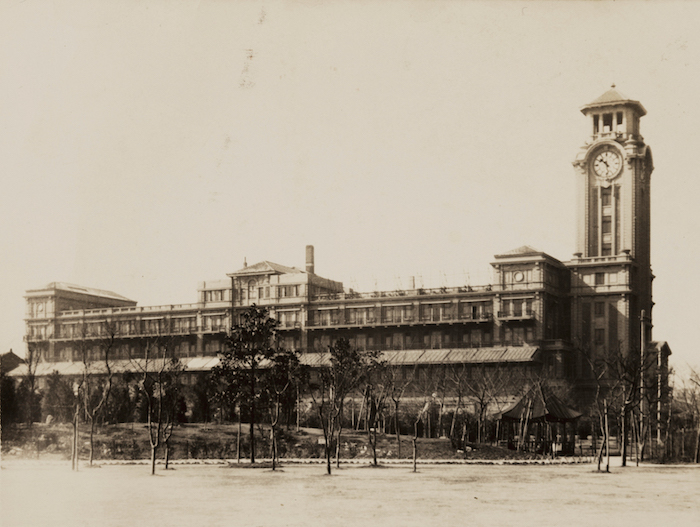
Shanghai Museum in the early 1950s
The Shanghai Museum chose the former Jockey Hall building as its site, and held a preview for 5 days from December 16, 1952. It was officially opened and established on December 21, with Yang Kuan as its deputy director. The Shanghai Museum is designated as a national museum of fine arts and crafts. The earliest exhibitions are arranged by era, with a total of 10 exhibition rooms. The second and third floors are the exhibition halls of the Shanghai Museum, and Chen Yi personally inscribed the name of the Shanghai Museum.
"In 1952, this site basically met the opening conditions at that time. With the continuous increase of public demand and the continuous development of libraries and museums, the layout of the original racetrack building can no longer meet the needs of our society and The development of cultural undertakings.” Chen Jie, deputy director of the Shanghai Museum, said that in the second half of the 1950s, the Shanghai Museum began to relocate Henan South Road. In 1959, the Shanghai Museum changed from the original Paoma Building at No. Moved to Zhonghui Building, No. 16 Henan South Road, which later became Henan South Road Pavilion. During the Henan South Road period, the collection of cultural relics in the Shanghai Museum has reached 112,000; the basic display has expanded from the original 1,285 square meters to 2,642 square meters.
In the 1990s, the museum building on Henan South Road could not accommodate the existing exhibition system, and could not meet the needs of the audience for cultural undertakings. Therefore, in 1993, a larger and more modern museum was built in the People’s Square Pavilion. It was officially opened in 1996.
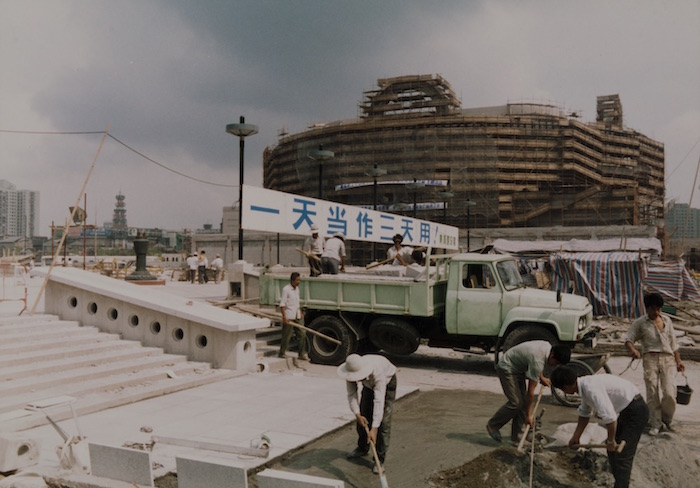
In the 1990s, the building of Shanghai Museum People's Square was under construction
In the new era, the cultural and museum undertakings in Shanghai have a more macroscopic plan. The Shanghai Municipal Party Committee and Municipal Government made an important decision to build the East Building of the Shanghai Museum in Pudong. At the end of December 2015, the East Building of the Shanghai Museum was approved and will be completed and opened in 2023.

Shanghai Museum East Building under construction
This exhibition exhibited a 1952 "Notice of the Shanghai Municipal People's Government to Obey the Central Ministry of Culture's Approval of the Shanghai Library and Museum". Chen Jie said that this is a very important document about the Shanghai Library, Shanghai The guiding document for the museum’s future development opinions clearly states that “Shanghai Museum may consider becoming one of the national art and craft museums in the future and not develop into a history museum”. "The instruction clarifies the positioning of the Shanghai Museum, which is to establish a national arts and crafts museum," Chen Jie said. "This is what the Shanghai Museum has always followed. We want to build the world's top museum of ancient Chinese art."
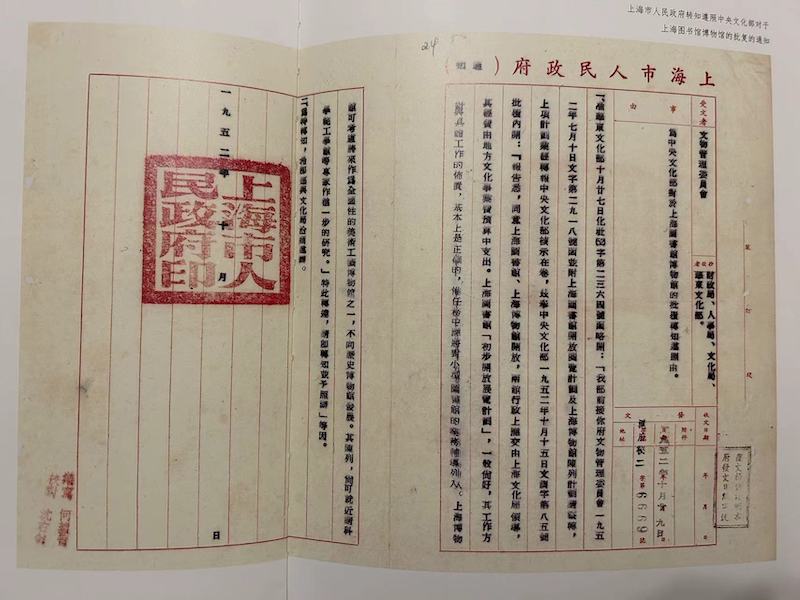
"Notice of the Shanghai Municipal People's Government to comply with the Central Ministry of Culture's approval for the Shanghai Library and Museum"
The development process of the Shanghai Library has experienced the "four libraries in one" with the Shanghai Historical Document Library, the Shanghai Science and Technology Library, and the Shanghai Newspaper Library in 1958; in 1995, the Shanghai Library and the Shanghai Science and Technology Information The merger of the research institute; in 1996, the new Huaihai Road library was opened; in 2022, the East Library of Shanghai Library was completed and opened, realizing a new take-off in the development of Shanghai library.
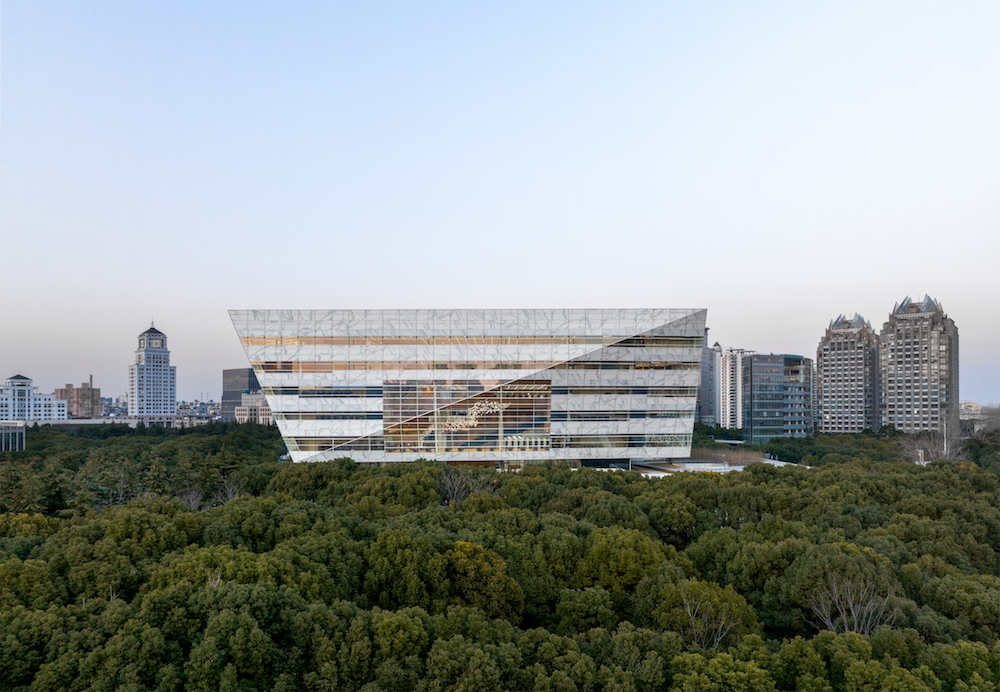
Shanghai Library East Building
"Looking back at history, we can find guiding content to guide our subsequent development. This is an important reason why we look back at history." Chen Jie said that he hopes to find the origin of history through the exhibition "Start from Here", and look back. The starting point for the development of the entire Shanghai Museum and Shanghai Cultural Museum, and find the driving force for the development of the cause.
progressively enriched collection
The 68 pieces/sets of precious cultural relics and historical materials displayed in this exhibition are provided by five cultural venues including Shanghai Library, Shanghai Museum, Memorial Hall of the First Congress of the Communist Party of China, Shanghai Lu Xun Memorial Hall, and Shanghai History Museum. The important collections included in the collection system of the two museums at the beginning of their establishment reflect the source of the collections when the two museums were founded.
"The collections on display can reflect the support of all walks of life and the government for the preparations for the Shanghai Museum and Shanghai Library at that time," said Chen Jie. At the beginning of the establishment of the Shanghai Museum, the sources of cultural relics mainly came from four aspects: the transfer of cultural relics by the military control committee and other agencies, the purchase of cultural relics collected by the state with huge funds, the receipt of cultural relics from public and private museums established before 1949, such as the former Shanghai Municipal Museum, people from all walks of life and Artifacts donated by groups. "These cultural relics constitute an important collection system of the Shanghai Museum in the future."
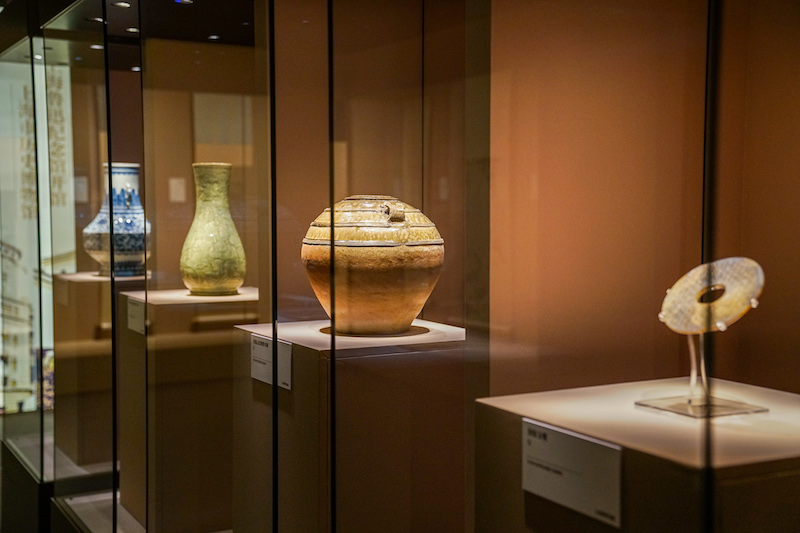
exhibition site
Among them, the two truckloads of more than 2,000 cultural relics collected by the East China Bureau of the Central Committee of the Communist Party of China along the way are the earliest collections of the Shanghai Museum. These cultural relics were handed over to the Ancient Cultural Relics Management Committee after liberation and became the earliest collections of the Shanghai Museum. Among them are four-beast rules mirrors from the Western Han Dynasty, jade biscuits with valley patterns in the Han Dynasty, Taotie ear jars with blue glaze and cloud patterns in the Han Dynasty, and large vases with celadon glaze and carved chrysanthemum patterns in the Longquan Kiln of the Ming Dynasty, etc., which are also presented in this exhibition.
At the beginning of the founding of the People's Republic of China, a lot of waste was waiting to be built, and the state still invested a lot of money in the rescue and protection of cultural relics, and invested huge sums of money in the acquisition of cultural relics. The exhibits include the axis of "Wusong Spring Water Picture" by Yuan Zhangzhong, the axis of "Zhegui Picture" by Ming Shenzhou and Tang Yin, and the axis of "Spring Mountain Companion Picture" by Ming and Tang Yin.

exhibition site

exhibition site
In the early days of the museum’s establishment, a large number of collectors represented by Hu Huichun, Panda Yu, Tan Jing, Shen Tongyue, and Gu Lijiang also actively donated cultural relics to the Shanghai Cultural Affairs Commission and the Shanghai Museum. They hoped to support the development of the Shanghai Museum by donating cultural relics. Establish and build. "When we browsed through the old archives of the library, we saw that collectors or some scholars were very enthusiastic about cultural undertakings." Chen Jie said, "For example, when they were discussing our exhibition outline, they saw our exhibition If any part of Chen’s outline is relatively weak and the collection is relatively small, he will take the initiative to donate the matching cultural relics in his collection to enrich our exhibition, and this spirit is very touching.”
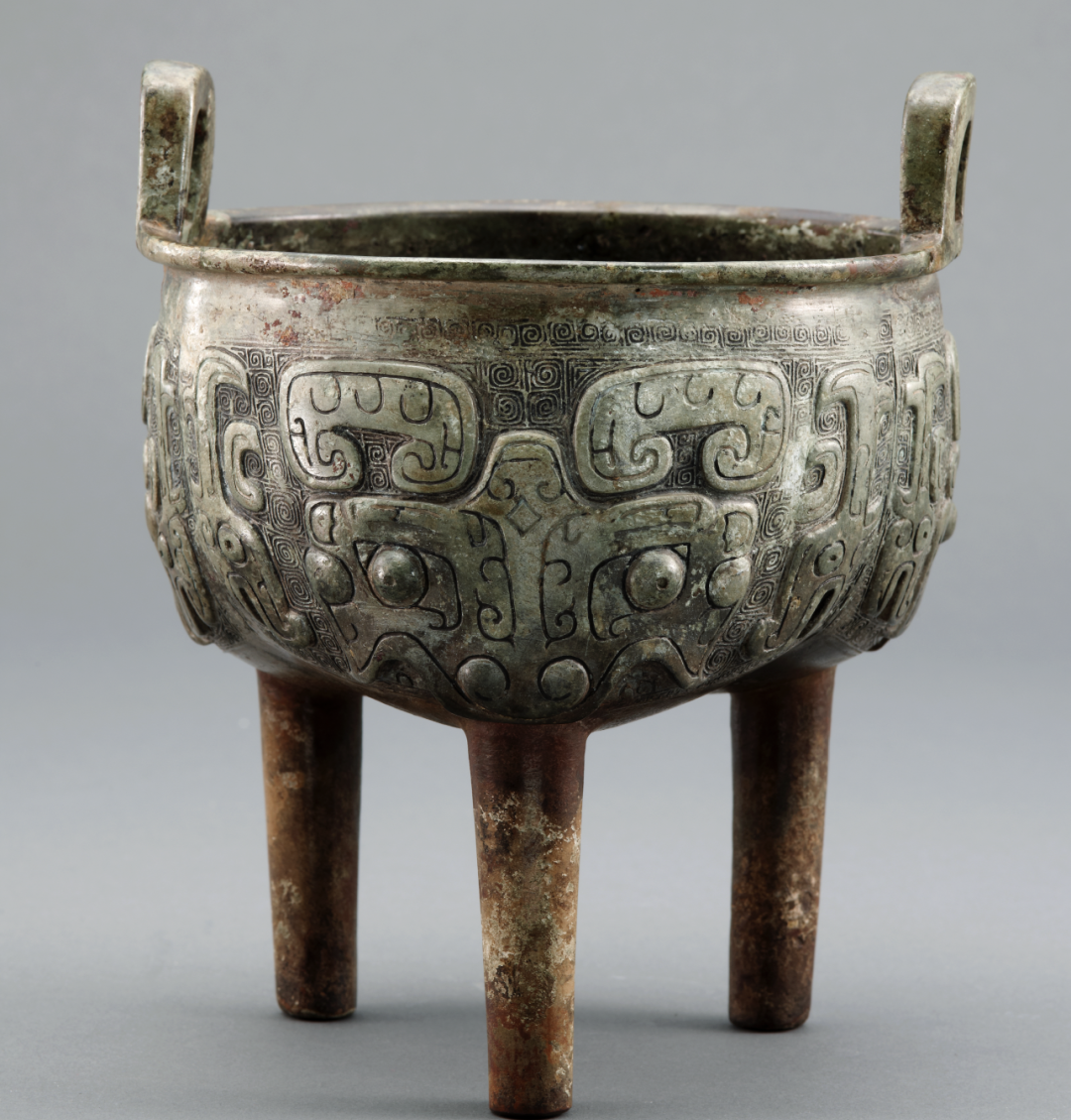
Bo He You Ding Shanghai Museum Collection
According to Zhang Dong, deputy director of the Shanghai Museum’s Preservation Department and a research librarian, the Shanghai Museum had only a mere 9,000 pieces of cultural relics in its collection when it was in the original Jockey Hall Building. By the time of the People's Square Pavilion, the collection of cultural relics had reached more than one million pieces.
In terms of book collection construction, the Shanghai Library has collected more than 700,000 books on the eve of its opening after many efforts. The exhibition exhibits the above books donated by celebrities such as Liu Yazi, Yao Guang, and Gao Chuanwan in the early days of the museum’s establishment. ", "One Hundred Volumes of the Later Han Dynasty", "Fourteen Volumes of Yugu Wencun", "Talking about Art Records" donated by Gu Tinglong, "Complete Works of Manshu" donated by members of Nanshe, etc.

exhibition site
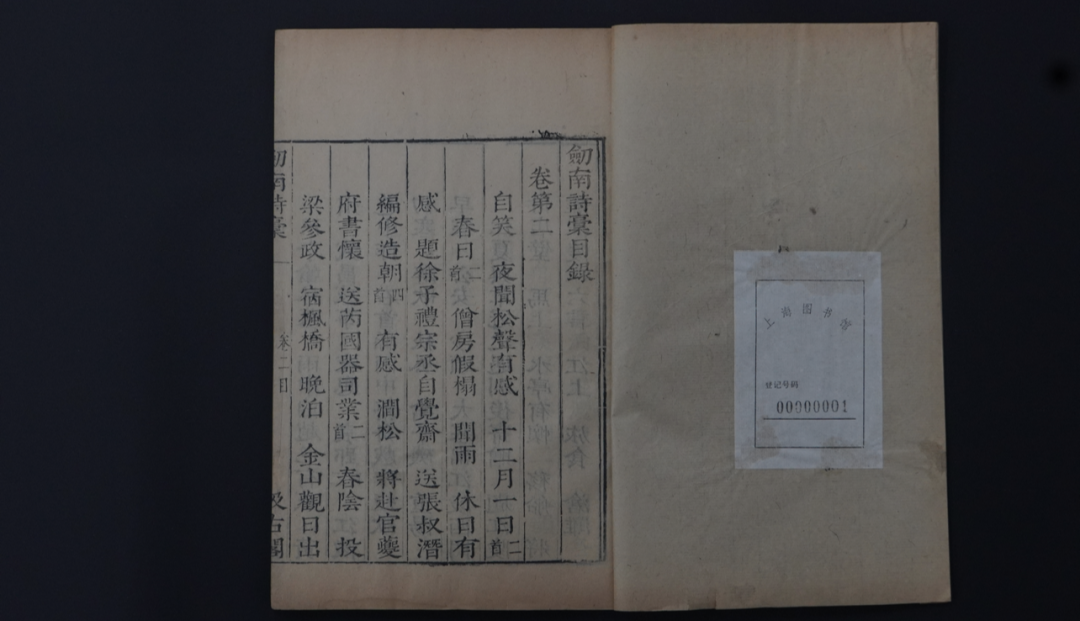
"The Complete Works of Lu Fangweng" (Song Dynasty) collected by Shanghai Library
This exhibition also traces the development process of the Memorial Hall of the First National Congress of the Communist Party of China, the Shanghai Lu Xun Memorial Hall and the Shanghai History Museum where the original Jockey Hall building is now located. Important cultural relics on display also include "Zhou Enlai's Handwriting of the Museum Name Inscribed for Shanghai Lu Xun Memorial Hall", Zhang Chongren's "Portrait of Lu Xun" and so on.
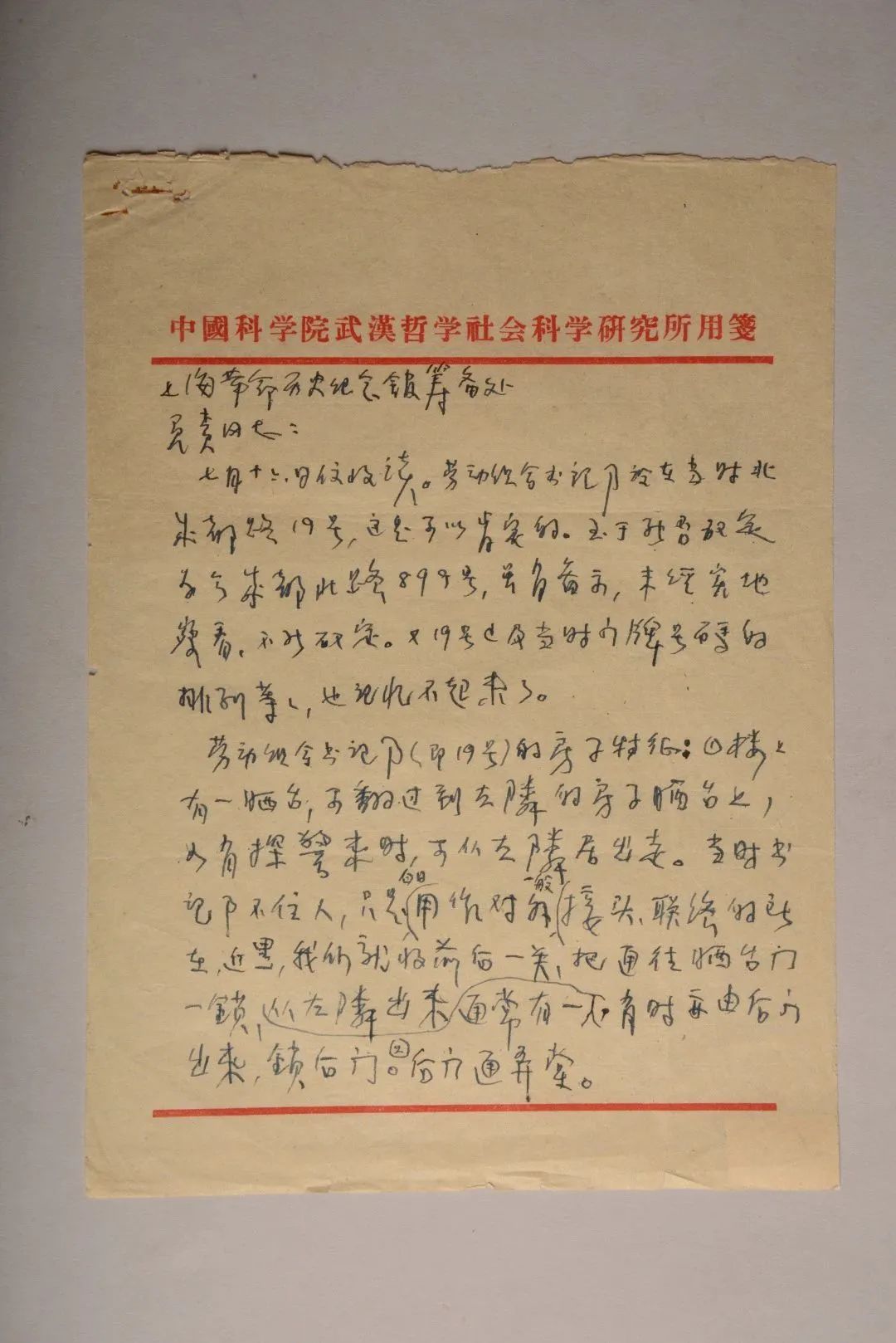
Letter from Dong Heping to the Preparatory Office of the Shanghai Revolutionary History Memorial Museum in 1959, collected by the First Memorial Museum of the Communist Party of China
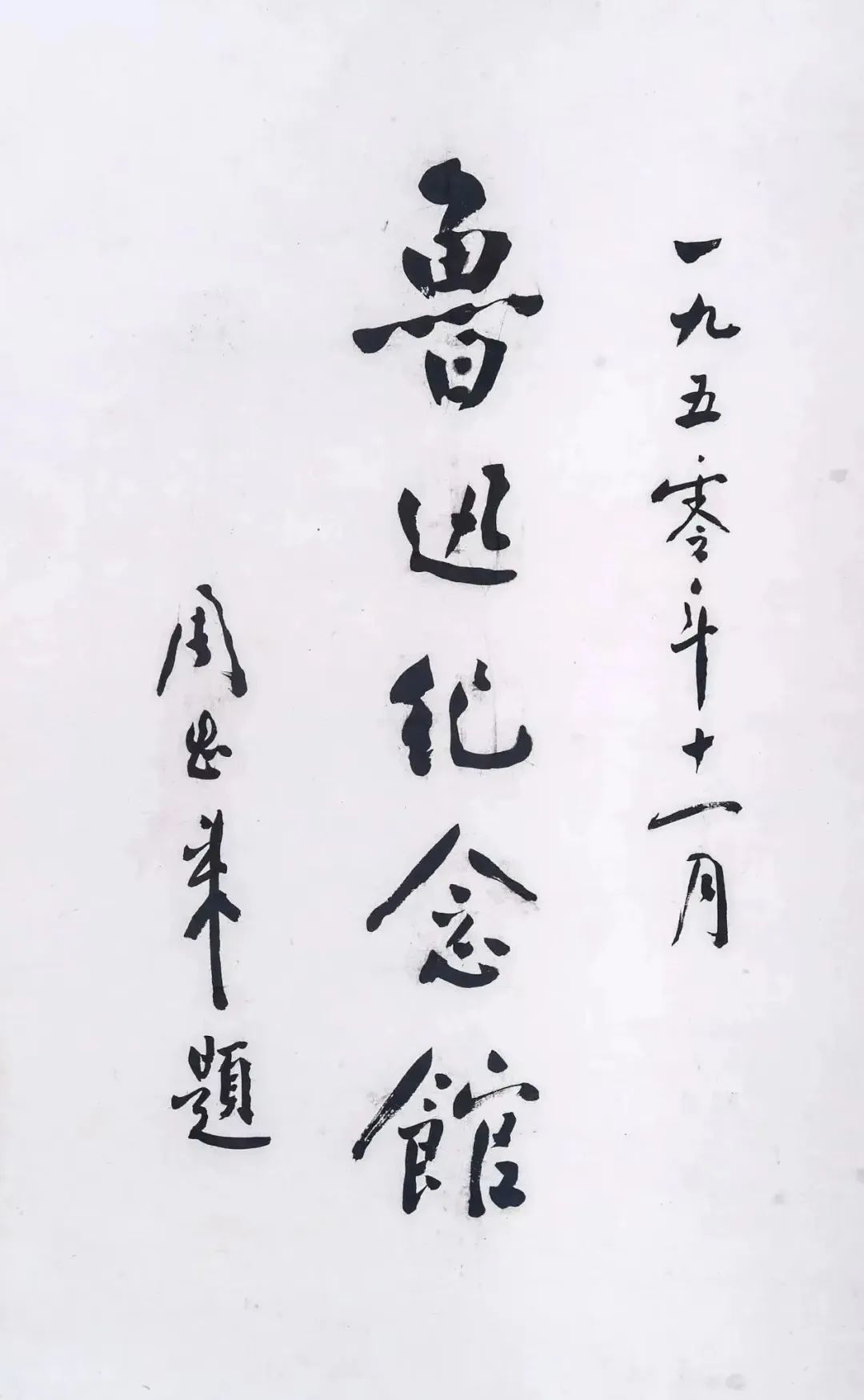
Zhou Enlai inscribed the name of the Shanghai Lu Xun Memorial Museum Collection of the Shanghai Lu Xun Memorial Museum
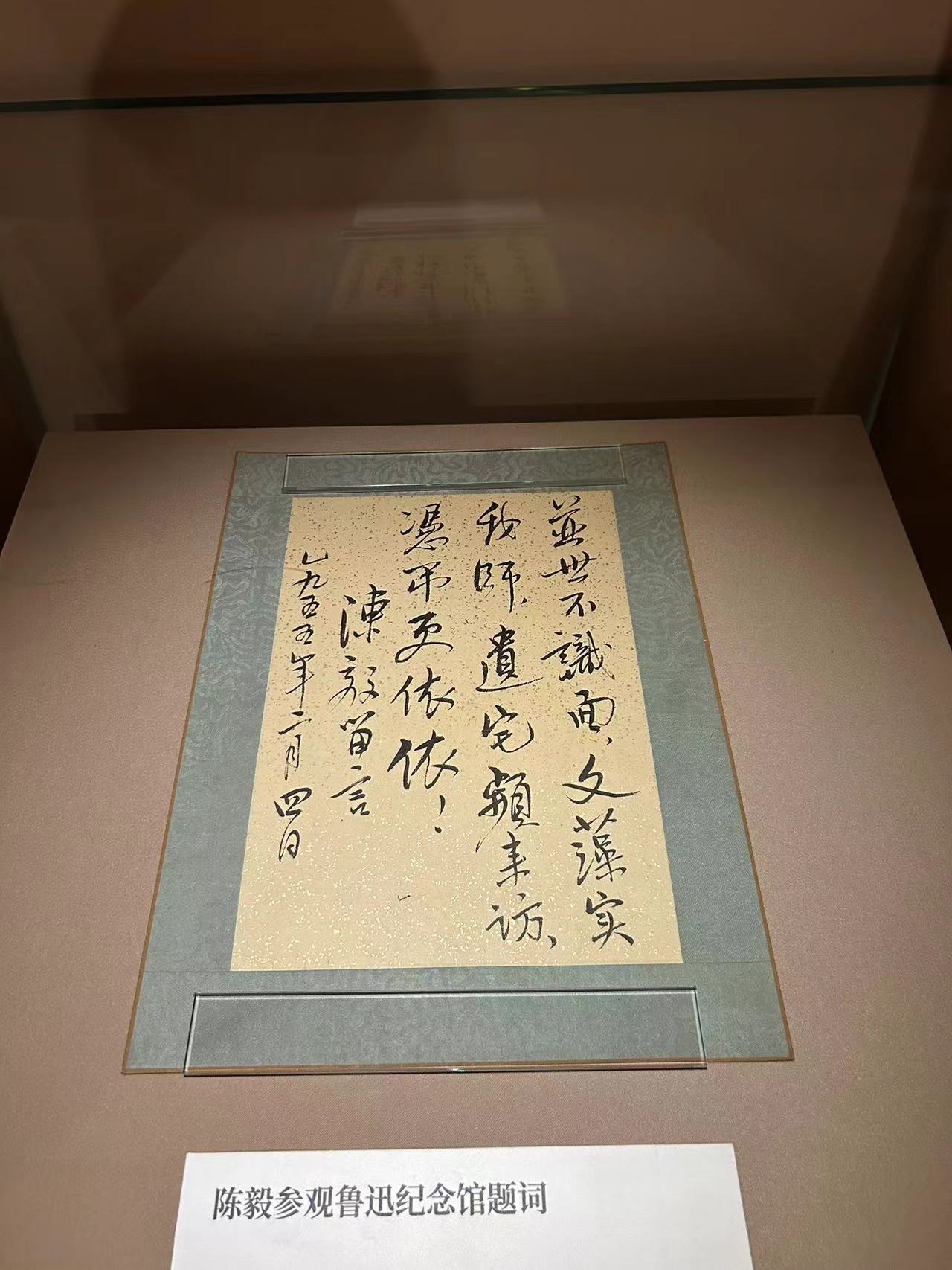
exhibition site
The exhibition is jointly sponsored by Shanghai Museum, Shanghai Library, Shanghai History Museum (Shanghai Revolutionary History Museum), and Shanghai Museum Association. The exhibition will last until February 26.

